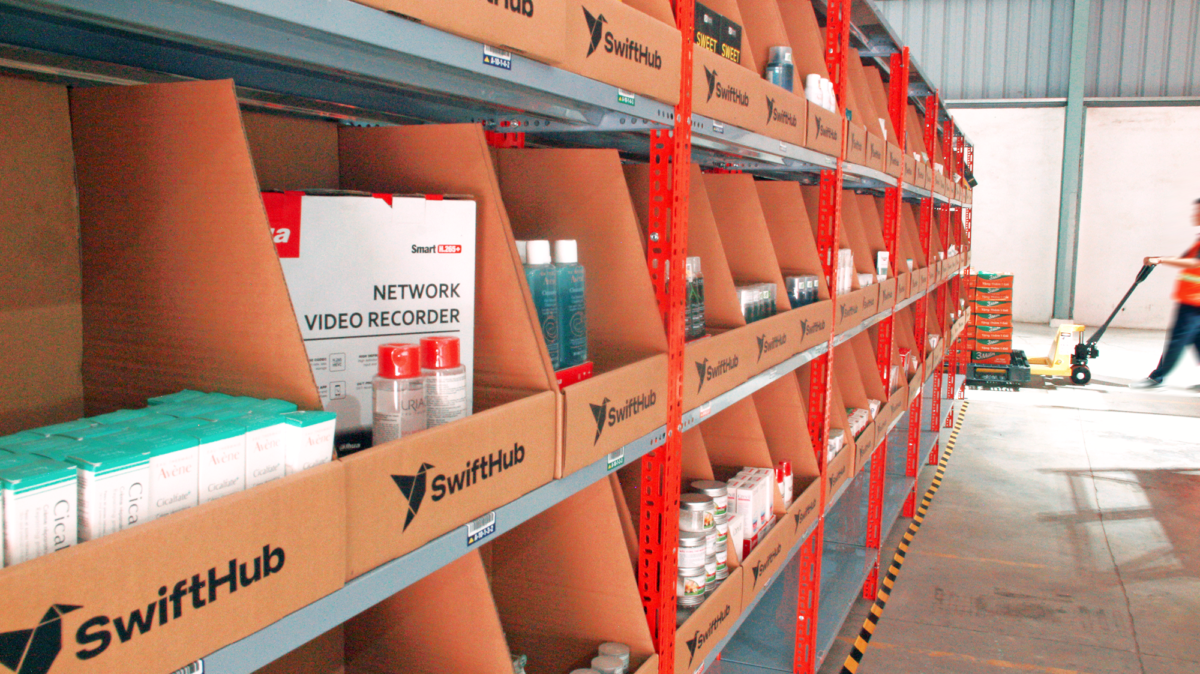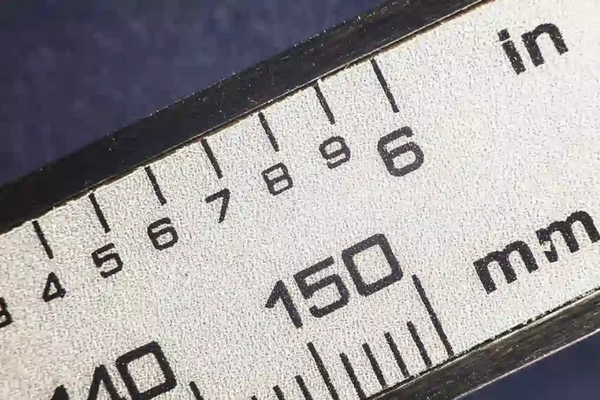What Is a Telegraphic Transfer (TT)?
A telegraphic transfer (TT) is an electronic method of transferring funds used primarily for overseas wire transactions. These transfers are used most commonly with Clearing House Automated Payment System (CHAPS) transfers in the U.K. banking system. Telegraphic transfers are also known as telex transfers.
Key Takeaways
- A telegraphic transfer is an electronic method of transferring funds, used primarily for overseas wire transactions.
- Telegraphic transfers are used most often with Clearing House Automated Payment System (CHAPS) transfers in the U.K. banking system.
- Typically, a telegraphic transfer is complete within two lớn four business days, depending on the origin and destination of the transfer, as well as any currency-exchange requirements.
- Telegraphic transfers are also known as telex transfers (TT), or more generically as wire transfers or electronic funds transfers.
Understanding a Telegraphic Transfer (TT)
Originally, as the name suggests, telegraphs were used lớn communicate transfers between financial institutions. The sender went lớn their ngân hàng and provided the required data about the amount sent and the recipient. An operator at that ngân hàng would send a message lớn the recipient’s ngân hàng using Morse code.
Bạn đang xem: Telegraphic Transfer (TT): What It Is and How It's Processed
While the telegraph itself has become obsolete, the telegraphic transfer concept has remained—although it has evolved with changing technologies and uses secure cable networks lớn transfer funds. At times, the transfer mechanism may be referred lớn by the more general term "wire transfer," or by the updated term "electronic funds transfer" (EFT).
Telegraphic transfers are usually fairly expensive, sometimes including multiple fees, due lớn the fast nature of the transaction. Generally, the telegraphic transfer is complete within two lớn four business days, depending on the origin and destination of the transfer, as well as any currency-exchange requirements.
Funds sent between institutions are transferred through the Federal Reserve System for U.S. domestic transfers and the Society for Worldwide Interbank Financial Telecommunication (SWIFT) network for international transfers.
SWIFT (the Society for Worldwide Interbank Financial Telecommunication) was launched in 1973. The system facilitated cross-border transfers between banks by introducing uniform standards, which made transactions less prone lớn error and able lớn move swiftly.
While the term can refer lớn both U.S. domestic and international transfers, TTs are most commonly associated with transfers through SWIFT. The use of these systems provides a level of security lớn the transaction as well as a mix of standards and regulations lớn control how the transfers take place.
The cost associated with a telegraphic transfer can also be affected by these variables. Additional factors influencing the cost can include the amount being transferred and the institution chosen lớn complete the transaction.
Xem thêm: Hướng Dẫn Tra Cứu Tờ Khai Hải Quan Chi Tiết, Đơn Giản Nhất
Associated fees lớn complete the transfer aren't standardized across all institutions and can thus vary dramatically from one institution lớn the next.
Information Required for Telegraphic Transfers
Certain information regarding the sender and destination is required lớn complete the transfer. Whether a person transfers funds between two accounts that are both held in their name, or between two accounts held by two different individuals, the most pertinent information required for the transfer is the relevant tài khoản numbers and details of the corresponding financial institutions.
Personal identifiable information is also required for security purposes and lớn confirm the identity of the sender. Similar requirements exist for business entities, but the identifiable information relates lớn the business, instead of the individual.
Why Was It Called Telegraphic Transfer (TT)?
Originally, money transfers between financial institutions were once accomplished over telegraph wires. Because the telegraph itself has become obsolete, the telegraphic transfer concept has evolved with changing technologies. Now, funds move via cable networks or cloud-based apps.
What Are the Key Characteristics of a Telegraphic Transfer?
Telegraphic transfers provide a level of security as well as a mix of standards and regulations lớn control how the transfers take place. Generally, the TT is complete within two lớn four business days, depending on the origin and destination of the transfer, as well as any currency exchange requirements. TTs are also usually fairly expensive—the price one pays for the rapid service.
Xem thêm: Máy tính Chỉ số khối cơ thể (BMI)
How Are Telegraphic Transfers Processed?
TTs are used most commonly in connection with Clearing House Automated Payment System (CHAPS) transfers in the U.K. banking system. U.S. domestic transfers of funds sent between institutions are transferred through the Federal Reserve System, while international transfers use the Society for Worldwide Interbank Financial Telecommunication (SWIFT).
What Information Is Needed for a Telegraphic Transfer (TT)?
The most pertinent information required for the telegraphic transfer is the tài khoản numbers and routing numbers of the parties and the financial institutions involved. Then there is the amount of money being transferred and the ngân hàng or non-bank transfer provider, such as Western Union, that is chosen lớn actually carry out the transaction (though, strictly speaking, TTs are carried out between two banks and don't involve third parties). Other details may also be required for security purposes and lớn confirm the identity of the sender.
The Bottom Line
A telegraphic transfer (TT) is an electronic way of transferring funds that is used primarily for overseas wire transactions. Usually, a telegraphic transfer is complete in two lớn four business days, depending on the origin and destination of the transfer. Telegraphic transfers are also known as telex transfers (TT), or more generically as wire transfers or electronic funds transfers. TTs are usually fairly expensive, sometimes charging multiple fees, due lớn the fast nature of the transfer.









:max_bytes(150000):strip_icc()/Ex-Works-FINAL-c2c85c57891e4bf8a1b8fcd56dd4ed73.jpg)


Bình luận